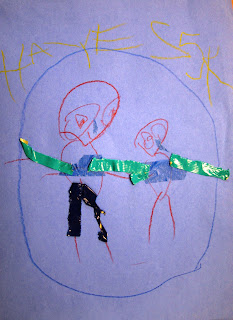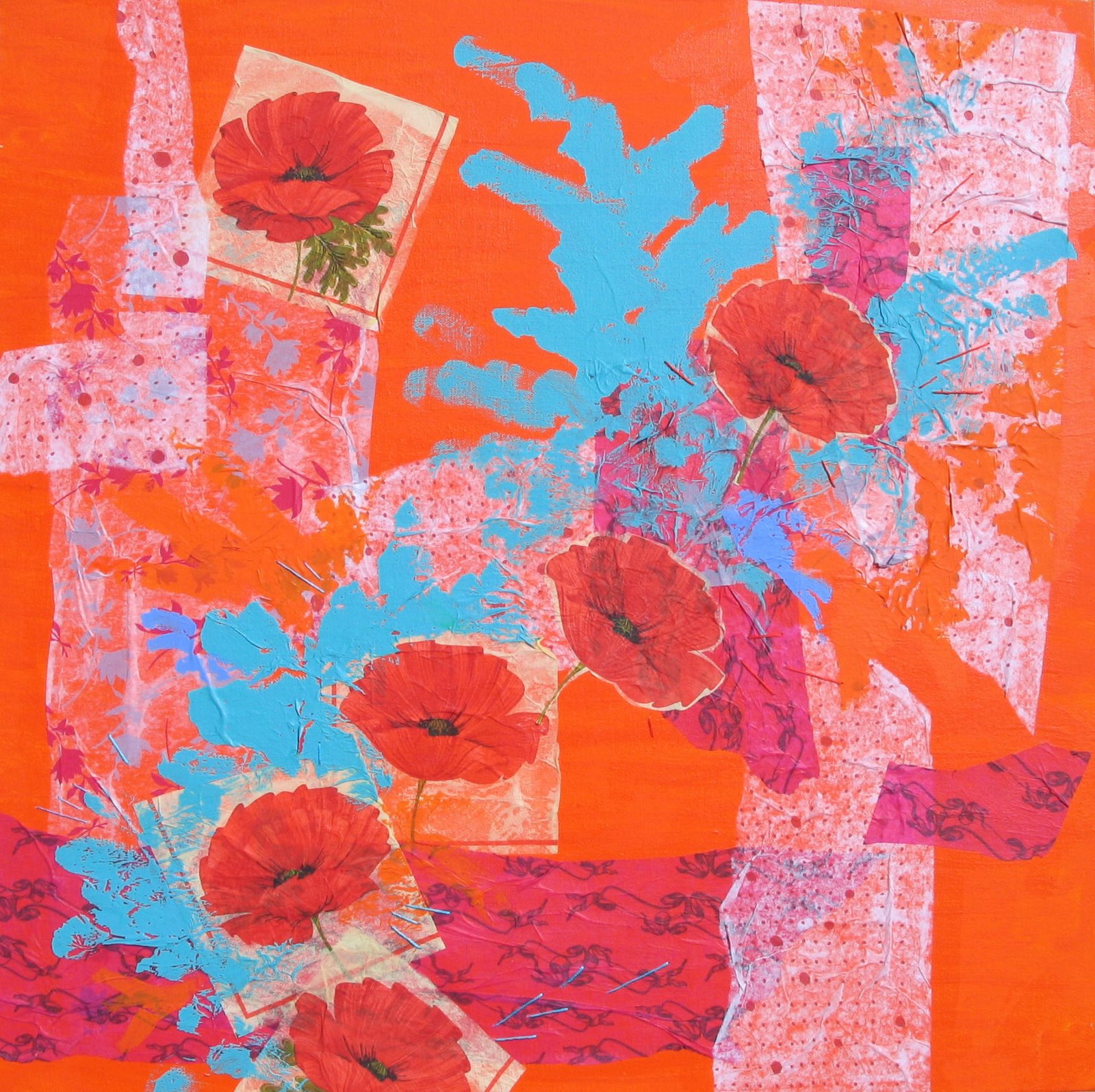



Last semester, I spent a lot of time on color theory with first and kinder. We spent the first few weeks in our new studio learning about the primary colors. For this first unit, I just wanted the students to become familiar with (or review) the three colors that make up the primary color group, while experimenting with different materials and processes as well as choosing subject matter that interests them most. I purposefully chose materials whose properties generally do not allow (or do not work well) for color-mixing. I wanted the main focus to be on learning the primary colors, and exploring familiar or new materials in an open-ended way.



With my experience working in early childhood education, I know the importance of open-ended, process-based art exploration. I always keep this in mind when designing a new unit, and I have been especially pushing that goal this year with my younger grade levels. For this unit, that meant allowing my students to decide on their own subject matter, to explore variations of the colors within the primary color family, to chose abstract or realistic imagery, and to experiment with and combine materials as they see fit.




As they made these choices, I demonstrated and gave gentle guidance as to how to get the most use out of each material (marker caps need to be on whenever a marker is not in use so they stay fresh, push hard with your crayons to get the most color, use the "just a dot, not a lot" technique to get your paper to glue down securely, etc.) along with giving some encouragement for them to use their whole page.



I set up different materials at each table, as well as a station on the floor. One station had red, yellow and blue colored crayons; another had markers in the same colors. There was a table with a stack of construction paper scraps in the primary colors for ripping and gluing. The last station had two bins of 2-sided colored paper tiles. Some colors on the tiles were primary, some were not. Students had to sort out the primary colors before using the tiles since they were supposed to limit themselves to that color family. I also circled the work area with rolls of masking and duct tape, giving students small strips of any desired color, which they could then tape whole or rip to many pieces before adding to their artwork. That, especially, was a hit (and a behavior incentive, too!)




When I teach about primary colors, I like to include many variations of red, yellow and blue - darker and lighter shades, warmer and cooler tones - so that the students start to grasp the concept of how colors are related to one another. Later on, we will discover how a blue might become a shade lighter or why a red might look a little bit orange. I think exploring the primary colors in a broader spectrum like this now allows for more connections about color theory to be made later on.



It's such a joy to watch how students chose to use each material and see what they decided to create. Some students were so focused and methodical, following a grand blueprint in their head, while others were feverishly ripping, coloring and taping with free-spirited excitement, watching their art transform before their eyes. During different points in the process, we discussed the different properties of the materials - the students learned a lot! Everyone had fun, felt successful and made great art, while learning about one of the most important color families!










.jpg)






















2 comments:
That sounds really cool. Good for you! The tape does look like a lot of fun.
It's harmless activity for Kinders!
They had lots of fun while doing it.
Post a Comment